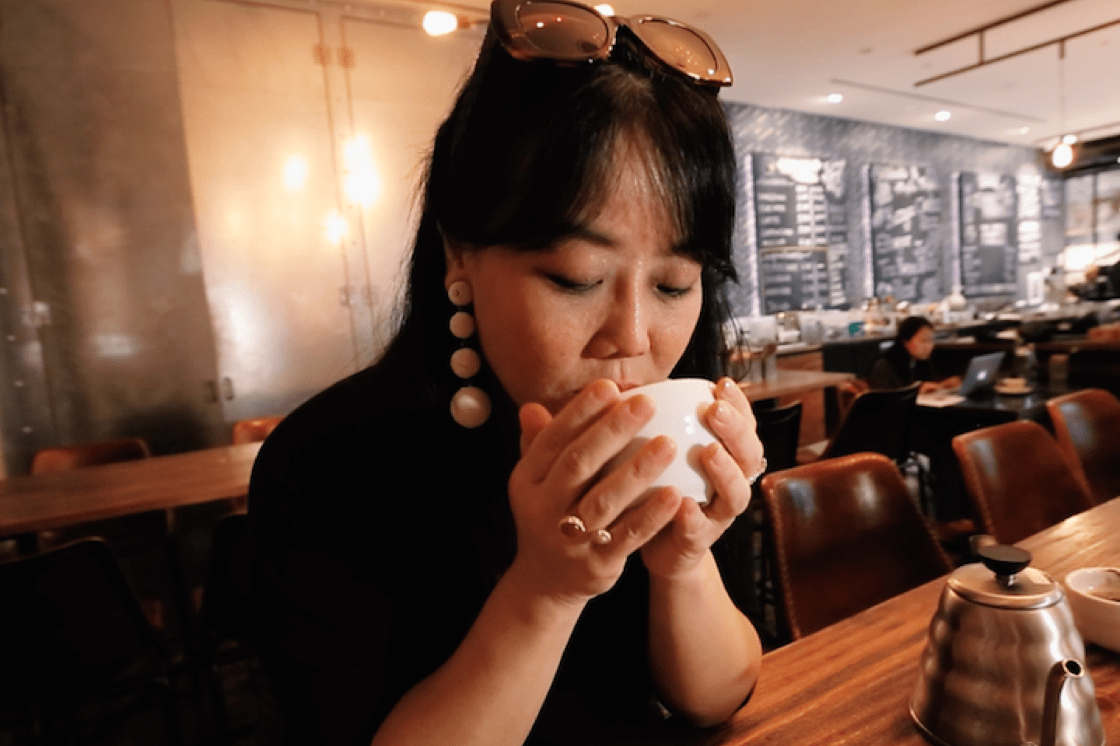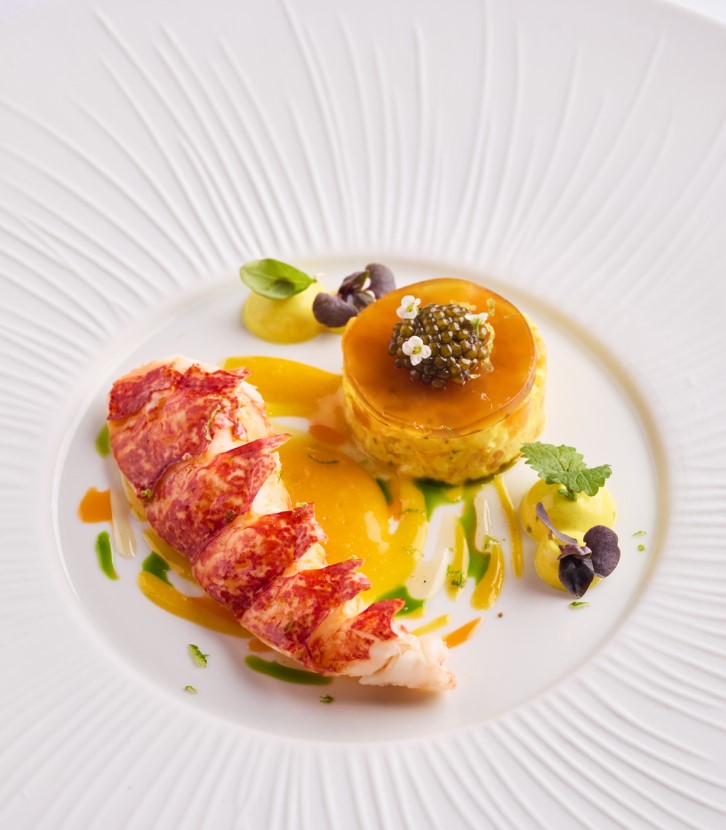Globalisation has also widened Jennifer's choices when it comes to selecting coffee beans. She says: "When I first joined the industry, we relied on a fixed supplier, but now, we get access to more and more coffee suppliers and even working directly with the coffee farmers."
Jennifer believes in going to the source of her coffee to understand the farming practices and living conditions of the coffee growers. "We want to live together with these farmers for while, in their homes and understand their lives. On one occasion, we went to Banda Aceh in Indonesia to learn how these farmers were rebuilding their lives after the tsunami. For me, coffee is not just coffee, but the social significance behind it as well."
Coffee cupping is usually done in the morning, as Jennifer explains: "It is understood that after 12pm, your palate is too warm to be tasting coffee properly." On top of that, spicy or strongly flavoured foods are to be avoided about 4 hours before the cupping session to keep the palate clean and sensitive.
She also shared that in the international competitive coffee circle, professional baristas usually take it a lot further, avoiding spicy food and keeping fit through regular exercise to maintain the integrity of their sense of taste.
Each coffee cupping session is usually attended by about six people who do not speak to one another throughout the process, experiencing and interacting with the coffee individually. Afterwards, they discuss their scores and tasting experiences.

In the world of professional coffee cupping, even the water used to brew coffee is carefully considered. Jennifer uses BWT, a special water from Germany that contains magnesium which enhances the coffee's aroma.
Because the coffee grounds are expensive and delicate, the boiled water is addded carefully into the cup in a circular motion and not poured in forcefully.

After the water is poured into the cup, the grounds are left to steep for about 10 minutes so the sediments settle to the bottom while the crema floats on top. The crema is then removed with two spoons.

The next step is to smell the basic aroma of the coffee. Jennifer explains: "This is the first step in understanding what is good coffee. Through your nose."

At this step, you are slurping the coffee to see how it interacts with your nose while it is inside your mouth, observing to see if it has a clean palate and well-balanced characteristics. "From that, we produce the coffee through a Chemex, which is a hand pour method, or through the espresso machine where we can make lattes and cappuccinos," says Jennifer.
To her, each cup of coffee is a personal preference. "Before, the older generation liked coffee that was stronger and not so acidic, but now, people seem to prefer a cleaner palate. Different places also have different coffee cultures. For example, the Vietnamese drink theirs with condensed milk."






















